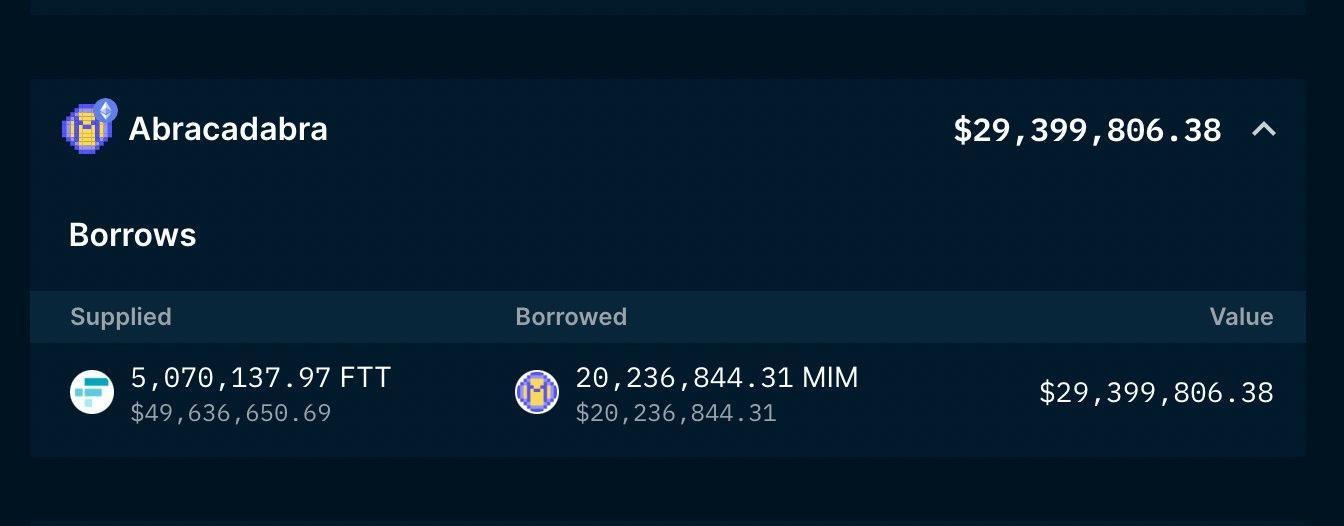FTX Bankruptcy Marks Two-Year Anniversary with Significant Industry Impact
Today marks two years since FTX filed for bankruptcy. Sam Bankman-Fried is serving a 25-year sentence, Ryan Salame received 7.5 years, and Caroline Ellison began a two-year term. The FTX bankruptcy estate is progressing.
The FTX incident was portrayed in mainstream media as a failure of cryptocurrency; however, the failures were rooted in centralized institutions, which cryptocurrencies aim to replace. Notably, FTX and its trading arm, Alameda Research, commingled approximately $14.6 billion of FTX’s native FTT token. When FTT's value fell, Alameda’s loans secured by FTT became uncollateralized.
Additionally, Alameda had a loan of 20 million MIM (Abracadabra's stablecoin) backed by $5 million FTT. Alameda paid off this debt just before FTX declared bankruptcy to avoid automatic liquidations, demonstrating that decentralized finance (DeFi) functioned as intended.

Abracadabra now appears inactive, with its MIM stablecoin maintaining a market cap of about $44 million but lacking growth post-FTX collapse. Its founder, Daniele Sesta, has shifted focus from “Frog Nation” to memecoins on the Sonic chain. The project Wonderland associated with Abracadabra rebranded to a lending protocol called Volta after controversies regarding its treasury manager.
Concerns arose that Binance would dominate the centralized exchange market following FTX's downfall. While Binance remains the largest global cryptocurrency exchange, fears of a monopoly did not materialize. The BUSD stablecoin was deprecated in February 2023, replaced by FDUSD, which grew from $350 million to approximately $2.3 billion.
BNB Chain currently ranks fourth by total value locked (TVL), surpassed only by Solana's significant rise over the past year. Under FTX Ventures, SBF invested in various projects including LayerZero, Yuga Labs, and Solana. Most of these projects are performing well today despite FTX’s substantial token holdings previously raising concerns.
The crypto industry has consolidated around “proof of reserves” as a security standard for centralized offerings, seen in initiatives like Coinbase’s cbBTC and Kraken’s annual audits. The impact of FTX’s failure was significant, but the industry has adapted and learned lessons over the past two years.